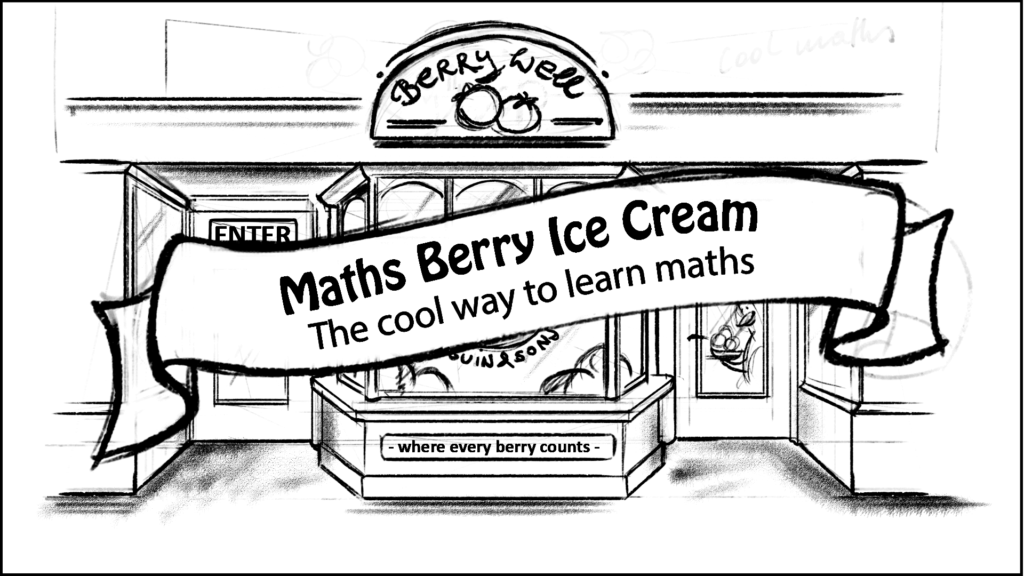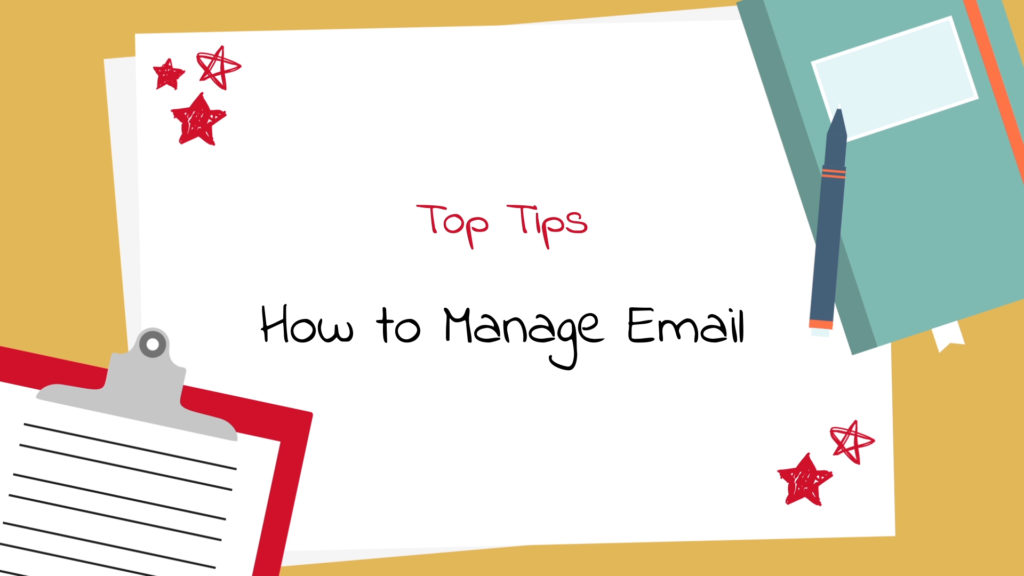Animation is becoming increasingly widespread in online learning. The benefits of animation in eLearning environments is well documented; animated content is fun, engaging, motivational and enhances memory recall. With Covid-19 forcing school children and university students to study from home, teachers are finding it difficult to keep on top of the amount of content they need to create.
Part of the problem is that students are not consuming content properly. They simply click through the slides to the end because the content is boring. It has been cited that one of the issues students are experiencing with e-learning is poor quality content. Too much text and a lack of visuals is not engaging or motivating students to learn. This poses a real problem for students and teachers engaged in online learning. Students generally struggle with their school work because of a poor learning experience.
Animation Transforms e-Learning Content
The functionality, design and delivery of an online course makes or breaks an online learning course. When students cannot engage with learning material they have no interest in learning and won’t retain information. According to eLearning Industry, one of the main reasons for students dropping out of courses is because the visual content is not engaging.
Online courses that consist of bullet-pointed slides, repeated layouts and swathes of text without images, sucks the motivation to learn out of students. Animation, on the other hand, creates an environment where students can enjoy learning online. It condenses information and enhances motivation. Moreover, it is versatile enough to generate large volumes of online learning content for use in schools and universities.
Animation Supports Large Volumes of Content
A good example of how animation is having a positive impact on younger students is BBC Bitesize. Since primary and secondary schools across the UK have been closed due to Covid-19 restrictions, BBC Bitesize has delivered tailored content on a daily basis. The flexibility of animated content has enabled the BBC’s content creation team to produce educational content at a quicker pace. Animation conveys far more information than reading the text from a script for students to learn verbatim.
A topic that may take a teacher 30 minutes to an hour to explain, can be delivered in a 5-10 animation video. The rest of the class or lecture can then be put to better use by encouraging students to get involved in a discussion about the lesson using the chat function. No matter whether you’re creating teacher-led presentations or group projects among students, creating custom animations can support your teaching goals by engaging students and producing sufficient quantities of information students need to pass their exams.
Animation is Versatile
Animation is customisable, transferable and versatile. Using the same character in countless settings reduces the time it takes to make content and the information you include in animated videos is limitless.There are several ways to create animated content; either 2D, 3D or motion graphics. 2D animation is one of the most popular for e-learning because it is quick and easy. It’s also ideal for engaging students of all ages because cartoon characters evoke emotion. You can also adopt a variety of teaching methods. For example, explainer videos are can either be delivered in a lecture-style video, through story-telling or both.
Animation Simplifies Complex Topics
Complex topics and large volumes of information can easily be a demotivating factor for learners. However, wrap complex explanations around animated stories and your students will be more engaged. Readers that are familiar with the Ron Clark Story will know how the motivational teacher succeeding in helping a low-grades class to learn the presidents of the United States by listing their names, years and achievements in a rap song.
You may not want to sing and dance in front of your students over Google Classroom. An animated character can save you that embarrassment. Engaging videos will be watched over and over because students want to learn the information and are more motivated to watch your videos because they are fun.
So bring inspirational characters to life and create content that shows not tells. Using animation, you can create characters from history and famous personalities as a motivational tool. Children look up to celebrities as role models. A class of 8-year-olds will pay more attention to a 3D animation of Lionel Messi than a real-life teacher talking into a video camera. Regardless of the topic, animation and the devices you can employ to deliver content will enhance your students’ ability to learn – because they will be more willing to learn.











